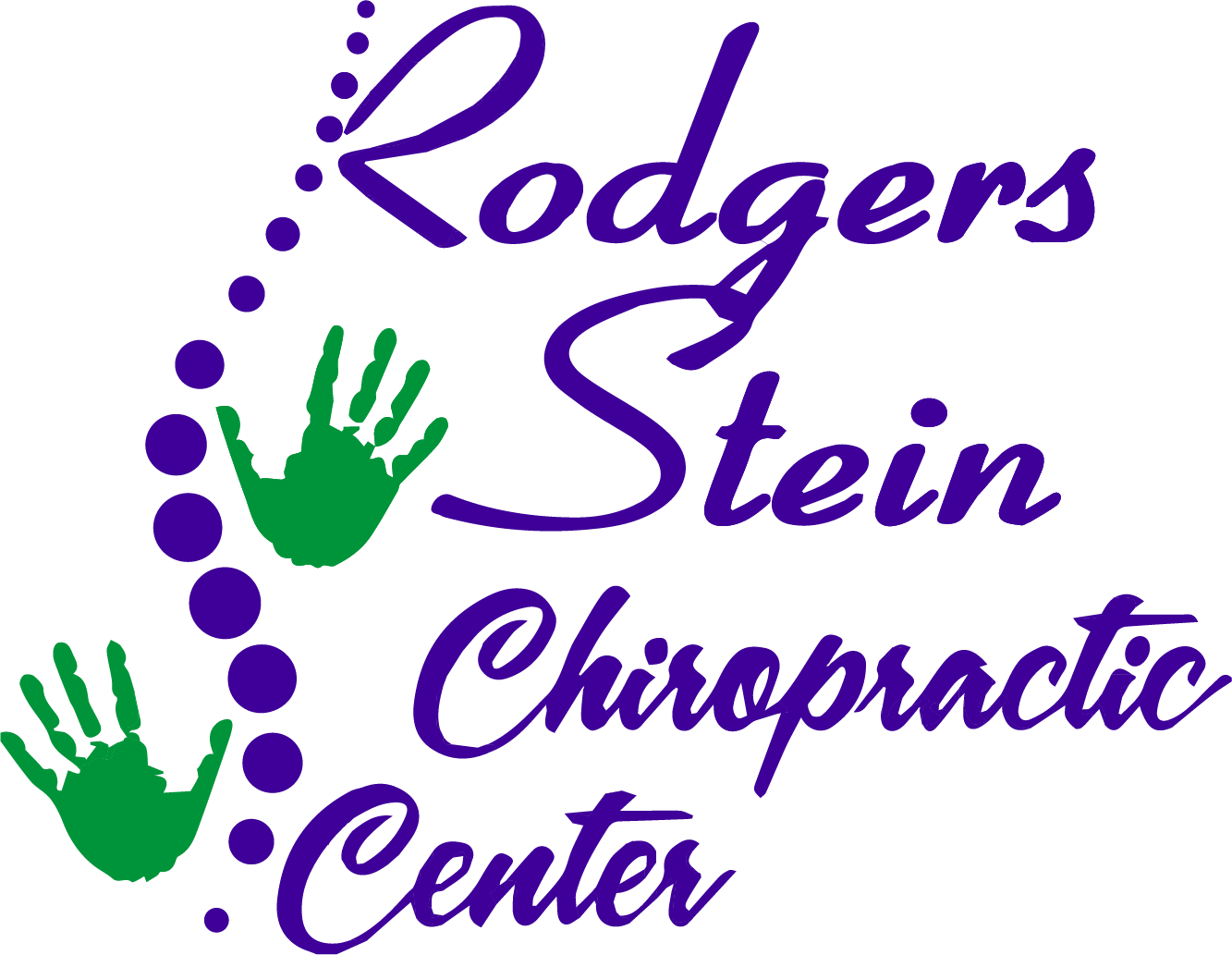If you're struggling with back pain, you might be wondering how chiropractic care can help. It's not just about temporary relief; it's about addressing the underlying issues that contribute to your discomfort. By understanding the benefits and techniques involved, you can make informed decisions about your path to recovery. But what should you really expect during your visits, and how can you maximize your results? Exploring these questions could change your approach to pain management.
Understanding Back Pain
Back pain is something many people experience at some point in their lives, and it can stem from various causes. You might find that your back pain is due to poor posture, muscle strain, or even an injury. Daily activities, like lifting heavy objects or sitting for long periods, can contribute to the discomfort you're feeling. Understanding the root of your back pain is vital for finding effective relief.
Sometimes back pain arises from underlying conditions, such as herniated discs, arthritis, or sciatica. If you've been dealing with persistent pain, it's important to pay attention to how it affects your daily life. You may notice that certain movements trigger discomfort or that your pain worsens after specific activities. Keeping a journal of your symptoms can help you identify patterns and potential triggers.
Additionally, age plays a significant role in back pain. As you get older, your spine undergoes changes that can lead to increased discomfort. Degenerative conditions may develop, causing stiffness and reduced mobility.
You should also consider how stress and emotional factors can exacerbate physical pain. When you're stressed, your body may tense up, leading to further strain on your back.
Benefits of Chiropractic Care
Finding relief from back pain can feel overwhelming, but chiropractic care offers a promising path toward recovery. One of the primary benefits you'll experience is pain reduction. By focusing on spinal alignment, chiropractors help alleviate pressure on nerves, which can greatly diminish discomfort. You'll likely find that regular visits lead to a noticeable reduction in your back pain.
Another advantage of chiropractic care is its holistic approach. Instead of simply masking symptoms with medication, chiropractors aim to address the underlying issues contributing to your pain. This means you're not just treating the symptoms; you're working toward long-term health and well-being.
Chiropractic care can also improve your overall mobility. As your spine becomes properly aligned, you might notice increased flexibility and range of motion. This improved mobility can translate to a better quality of life, enabling you to engage in activities you enjoy without fear of exacerbating your pain.
Additionally, chiropractic adjustments can enhance your body's natural healing process. By promoting proper alignment, your body may function more efficiently, which supports healing and recovery. You might even find that chiropractic care helps reduce tension and stress, leading to improved mental clarity and emotional well-being.
Chiropractic Techniques Explained
How do chiropractors achieve such effective pain relief? They use a variety of techniques tailored to your specific needs. The most common method is spinal manipulation, often referred to as an adjustment. This involves applying controlled force to your joints, particularly in the spine, to restore proper alignment and improve function. By doing this, chiropractors aim to relieve pressure on nerves and reduce inflammation, allowing your body to heal more effectively.
Another technique you might encounter is soft tissue therapy. This method focuses on manipulating the muscles, ligaments, and tendons around your spine to alleviate tension and improve circulation. Chiropractors may use their hands or specialized tools to perform this therapy, which can enhance your overall mobility and comfort.
In addition to these techniques, some chiropractors incorporate rehabilitative exercises into your treatment plan. These exercises are designed to strengthen your back and core muscles, promoting stability and reducing the risk of future injuries. You'll likely engage in stretches and strengthening movements that are specifically chosen based on your condition.
Finally, some practitioners utilize modalities like heat, ice, or electrical stimulation as adjunct therapies. These can help reduce pain and swelling while enhancing the effectiveness of your chiropractic adjustments.
What to Expect During Visits
During your visits to a chiropractor, you can expect a thorough approach to your care that builds on the techniques previously discussed. Each appointment will typically focus on your progress, allowing for adjustments to your treatment plan as needed.
Here's what you can generally expect during these visits:
- Assessment of Progress: Your chiropractor will review your symptoms and any changes since your last visit. This step is essential to gauge the effectiveness of your treatment and make necessary modifications.
- Physical Examination: You may undergo a brief physical examination to determine your current condition. This can include checking your range of motion, muscle strength, and any areas of discomfort.
- Chiropractic Adjustment: Depending on your needs, your chiropractor will perform specific adjustments aimed at realigning your spine and relieving tension. This might involve various techniques tailored to your individual situation.
- Education and Recommendations: Your chiropractor will likely provide guidance on exercises, stretches, and lifestyle changes to support your recovery. This education is significant to empower you in managing your back pain effectively.
Tips for Effective Pain Management
Effective pain management is essential for anyone dealing with back pain, and there are several strategies you can implement to enhance your recovery.
First, consider incorporating regular chiropractic adjustments into your routine. These sessions can help realign your spine, reduce tension, and improve mobility.
Next, don't underestimate the power of physical activity. Engaging in gentle exercises like walking, swimming, or yoga can strengthen your back, enhance flexibility, and alleviate pain. Remember to listen to your body and avoid any movements that exacerbate your discomfort.
Additionally, applying heat or cold packs can provide instant relief. Heat relaxes muscles and improves circulation, while cold therapy reduces inflammation. You might find alternating between the two works best for you.
Staying hydrated also plays a vital role in managing pain. Proper hydration helps maintain the elasticity of your spinal discs, reducing the risk of injury.
Mindfulness and stress management techniques, such as meditation or deep breathing exercises, can further aid in pain control. These practices help you stay centered and can reduce the perception of pain.
Lastly, follow your chiropractor's recommendations closely. They may suggest specific stretches or lifestyle adjustments tailored to your needs.
Conclusion
To sum up, chiropractic care can be a powerful ally in your journey to relieve back pain. By focusing on spinal alignment and holistic healing, you can experience reduced discomfort and improved mobility. Remember to stay committed to regular adjustments and make lifestyle changes that support your well-being. With the right approach, you can take control of your back pain and enjoy a healthier, more active life. Don't wait—start your path to relief today!



